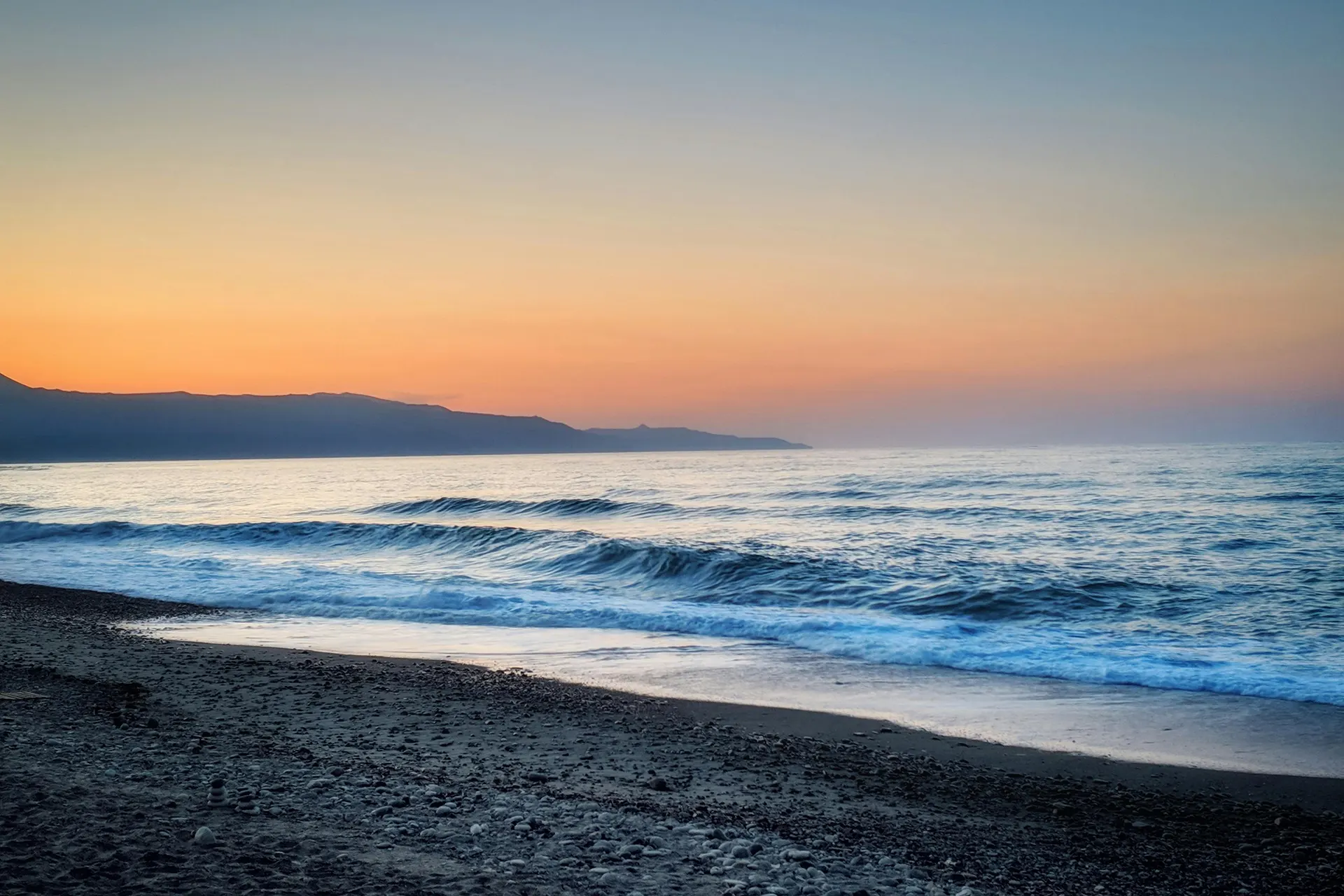
Experience stargazing Mount Olympus this summer during the Perseids meteor shower. Discover the best spots, tips, and myths that connect the night sky with the mountain of the gods.
When the sun dips behind the peaks of Mount Olympus, the mountain does not fall silent. Instead, a new kind of wonder awakens above it—the night sky, glittering with constellations that inspired myth and legend. For travelers visiting in summer, the mountain becomes one of Greece’s most breathtaking stargazing destinations, with the Perseids meteor shower adding a touch of celestial magic.
A Mythical Setting for the Stars
Mount Olympus has always been tied to the heavens. In ancient belief, the gods dwelled at its summit, looking down upon mortals from a throne of clouds. Today, visitors gazing up at the same skies are reminded of those myths. Constellations like Orion, Cassiopeia, and Perseus shine brighter in the mountain’s clear skies, linking astronomy with mythology.
The Perseids, named after the hero Perseus, make this connection even stronger. Every August, streaks of light race across the heavens, as if the gods themselves were sending sparks down to earth. Watching them from the slopes of Olympus, it is easy to see why the ancients tied the stars so closely to their stories.

Why Summer Is the Perfect Time
Summer nights on Mount Olympus are warm, clear, and long, making them ideal for stargazing. Away from city lights, the high-altitude vantage points provide unparalleled views of the Milky Way arching across the sky. For many, the highlight is the Perseids meteor shower, peaking around August 12–13, when dozens of meteors per hour can be spotted.
Whether from a mountain refuge, an open meadow, or a seaside viewpoint where Olympus meets the Aegean, summer visitors are spoiled for choice. Each location offers a different atmosphere, from wild alpine stillness to romantic seaside horizons.
The Myths Behind the Stars
For the ancients, stargazing was never just scientific—it was storytelling. Each constellation carried a tale: Perseus rescuing Andromeda, Orion hunting across the sky, or Cassiopeia seated on her throne. On Olympus, those stories resonate even more strongly, blending myth, landscape, and sky into a seamless whole.
A night of stargazing Mount Olympus is therefore not just about spotting meteors—it is about reliving the narratives that defined Greek imagination. Just as myths gave meaning to rivers and caves on the mountain, so too did they give names and identities to the stars above.

Tips for Stargazing on Mount Olympus
- Plan around the Perseids: Peak viewing is mid-August, but the meteor shower is visible for several weeks.
- Choose high, dark spots: Refuges near Prionia or the Muses Plateau provide excellent vantage points.
- Bring layers: Even in summer, mountain nights can be cool.
- Use apps or guides: Star maps help connect what you see with ancient constellations.
- Be patient: The longer your eyes adjust to the dark, the more stars you’ll see.
A Celestial Journey Worth Taking
Standing under the vast sky, with the silhouette of Olympus rising around you, stargazing feels like stepping into an ancient ritual. The Perseids add excitement, but even without meteors, the night sky here is unforgettable.
For those who dream of blending adventure, myth, and wonder, stargazing Mount Olympus in summer is a journey into both the heavens and the timeless imagination of the Greeks.



